Durable Environmental Multidisciplinary Monitoring Information Network
DEMMIN involves eight interdisciplinary project partners covering various research aspects. The department of remote sensing of the University of Würzburg focuses on the development of cloud-based big data architectures for spatial data management, the provision of ready-to-use earth observation data and the development of land cover information and biophysical parameters. Therefore, one the main topic is the intuitive use of satellite time series from both optical and radar satellites to record and evaluate dynamic land changes. Research questions on the observation of biodiversity in protected areas, forest ecosystems and in the agricultural landscape are processed.
AgriSens - DEMMIN 4.0
Geodata i.e., remote sensing data can be used to enhance agricultural productivity while concurrently preserving ecosystems. In 2020 the AgriSens – Demmin 4.0 project (lead is GFZ, Daniel Sprengler) was launched in Mecklenburg-Western Pomerania, in close vicinity to the city of DEMMIN, roughly 220 km north of Berlin. It aims on using geographic information in crop production. Within AgrisSens specific applications for remote sensed data detected by satellite- and UAV-supported systems are identified in order to answer practical questions about crop production with digital methods. The goal of AgriSens is providing datasets for farmers and needed decision measures in order to adapt and reduce the impact of fertilization, sowing and soil cultivation on the environment. One specific aim is to simplify data access and provide low-threshold solution combined with precise geodata information to farmers.
PhenoSAR - DEMMIN
The goal of the PhenoSAR Demmin project is to evaluate potential information inherent to the Sentinel-1 time series to monitor farmland. Hereby, a particular focus is set on phenological development. The expected result is a monitoring framework to detect various stages of plant growth and their transition. This framework is based on interferometric and polarimetric Sentinel-1 time series and the underlying information about changes in plant geometry. Additionally, this project focuses on the improved transferability and scalability of its approach. Hence, its primary platform of development is an open data cube environment. With the test site DEMMIN as the study area, the project is connected to ongoing research in the AgriSens DEMMIN 4.0 project as well as the German TERENO and international JECAM Initiatives.
Facts and Figures
Currently the DEMMIN cube encompasses the following datasets:
- Landsat 5: 859 (1984-2011)
- Landsat 7: 716 (1999-2019)
- Landsat 8: 319 (2013-2019)
- Sentinel-2: 561 scenes (2015-2020)
- SRTM DEM
They will be completed by high resolution meteorological datasets from project partners, e.g. the RADOLAN dataset provided by the DWD.
Remote Sensing Department
at the University of Würzburg,
Institute of Geography and Geology
Oswald-Külpe-Weg 86
97074 Würzburg



